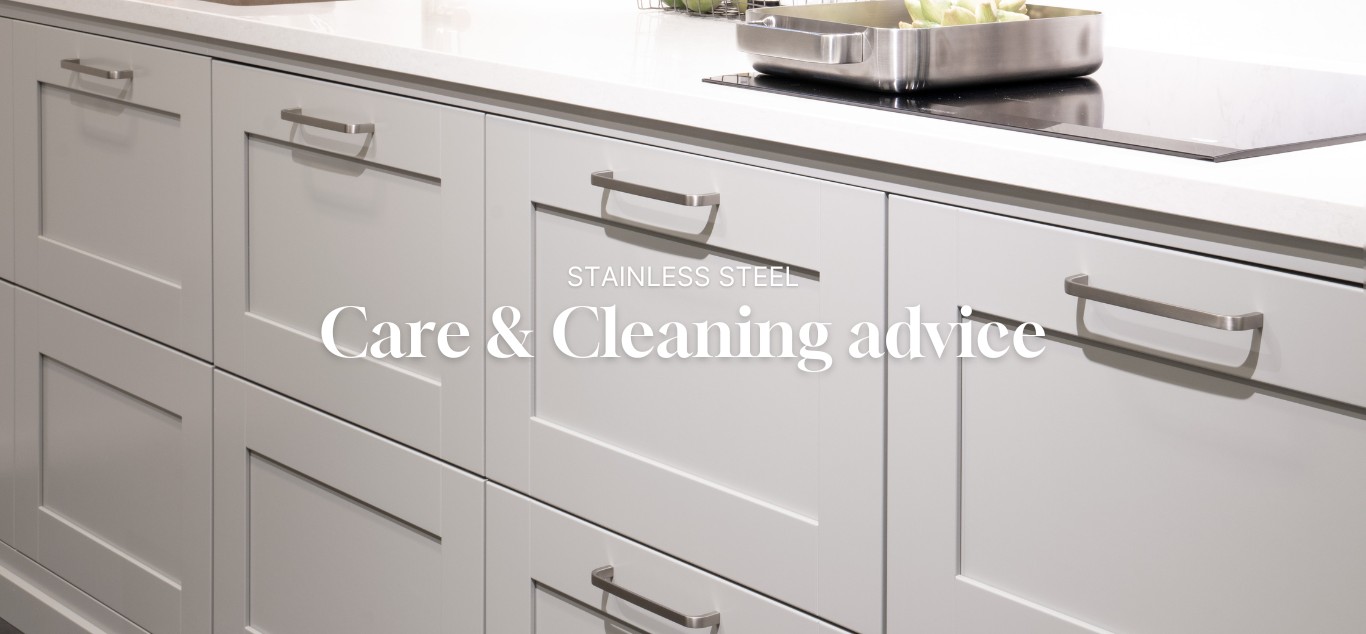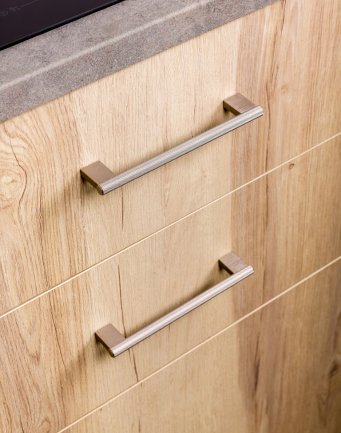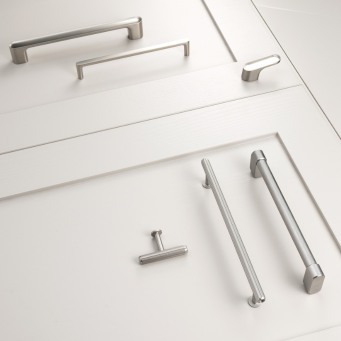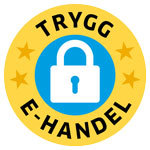


How does rust and stains occur on stainless steel?
You're probably wondering why stainless steel rusts. There isn't a straightforward answer, but factors that contribute include:- Products are placed in environments exposed to air pollution, salt solutions, or areas where the chlorine content is very high.
- The product has a rough surface finish that allows corrosive substances to adhere more easily. Corrosive substances can include those found in drain cleaners and toilet cleaners. Corrosion is a way for the metal to rid itself of the corrosive substances it has been attacked by. Corrosion is what we call rust.
- Stainless steel products are placed in confined spaces where moisture remains.
- The screw is made of ordinary steel or has direct contact with unalloyed steel.


Preventive measures:
Naturally, you want your new products to stay nice for a long time. We recommend the following to prevent the occurrence of rust and stains:- Consider moisture, air pollution such as soot, sulphur dioxide, or saltwater when choosing a location for your stainless steel details.
- Use screws of the same stainless steel quality as the product. The screws we send with are specially selected for each product.
- Avoid cleaning agents; plain water works best.
- Use clean tools during assembly that are free from residues of ordinary unalloyed steel (commercial steel or carbon steel) in the form of chips and iron particles.
- Avoid using steel brushes and steel wool made of unalloyed steel.
- Avoid steel blasting with regular steel sand or regular sand.


How to remove stains and discolouration:
If the stainless steel product has stains or discolouration that cannot be washed away with a damp cloth, we recommend the following cleaning methods:- Clean the product with spirit, such as thinner or acetone. Then rinse thoroughly with cold water.
- Use a mild abrasive detergent, such as scouring powder. If the product has a visible surface texture, we recommend rubbing in the same direction, then rinsing with clean, cold water.
- Use a 10 percent phosphoric acid solution, then rinse with diluted ammonia solution, followed by rinsing again with clean, cold water. Phosphoric acid is usually purchased in 80-85%, so you need to dilute the acid with water before use.
- Gently rub with a cleaning sponge that is soft on one side and slightly tougher on the other. Follow any visible surface texture. Then rinse with cold, clean water.
- After all cleaning, it is important to dry with a clean towel so that the product becomes properly dry.
- A rule of thumb is to avoid hot water as this can start a chemical reaction on the product - use cold water!

How does rust and stains occur on stainless steel?
You're probably wondering why stainless steel rusts. There isn't a straightforward answer, but factors that contribute include:- Products are placed in environments exposed to air pollution, salt solutions, or areas where the chlorine content is very high.
- The product has a rough surface finish that allows corrosive substances to adhere more easily. Corrosive substances can include those found in drain cleaners and toilet cleaners. Corrosion is a way for the metal to rid itself of the corrosive substances it has been attacked by. Corrosion is what we call rust.
- Stainless steel products are placed in confined spaces where moisture remains.
- The screw is made of ordinary steel or has direct contact with unalloyed steel.


£32
Buy now
InfoPreventive measures:
Naturally, you want your new products to stay nice for a long time. We recommend the following to prevent the occurrence of rust and stains:
- Consider moisture, air pollution such as soot, sulphur dioxide, or saltwater when choosing a location for your stainless steel details.
- Use screws of the same stainless steel quality as the product. The screws we send with are specially selected for each product.
- Avoid cleaning agents; plain water works best.
- Use clean tools during assembly that are free from residues of ordinary unalloyed steel (commercial steel or carbon steel) in the form of chips and iron particles.
- Avoid using steel brushes and steel wool made of unalloyed steel.
- Avoid steel blasting with regular steel sand or regular sand.


£23
Buy now
InfoHow to remove stains and discolouration:
If the stainless steel product has stains or discolouration that cannot be washed away with a damp cloth, we recommend the following cleaning methods:- Clean the product with spirit, such as thinner or acetone. Then rinse thoroughly with cold water.
- Use a mild abrasive detergent, such as scouring powder. If the product has a visible surface texture, we recommend rubbing in the same direction, then rinsing with clean, cold water.
- Use a 10 percent phosphoric acid solution, then rinse with diluted ammonia solution, followed by rinsing again with clean, cold water. Phosphoric acid is usually purchased in 80-85%, so you need to dilute the acid with water before use.
- Gently rub with a cleaning sponge that is soft on one side and slightly tougher on the other. Follow any visible surface texture.
- Then rinse with cold, clean water. After all cleaning, it is important to dry with a clean towel so that the product becomes properly dry.
- A rule of thumb is to avoid hot water as this can start a chemical reaction on the product - use cold water!










































